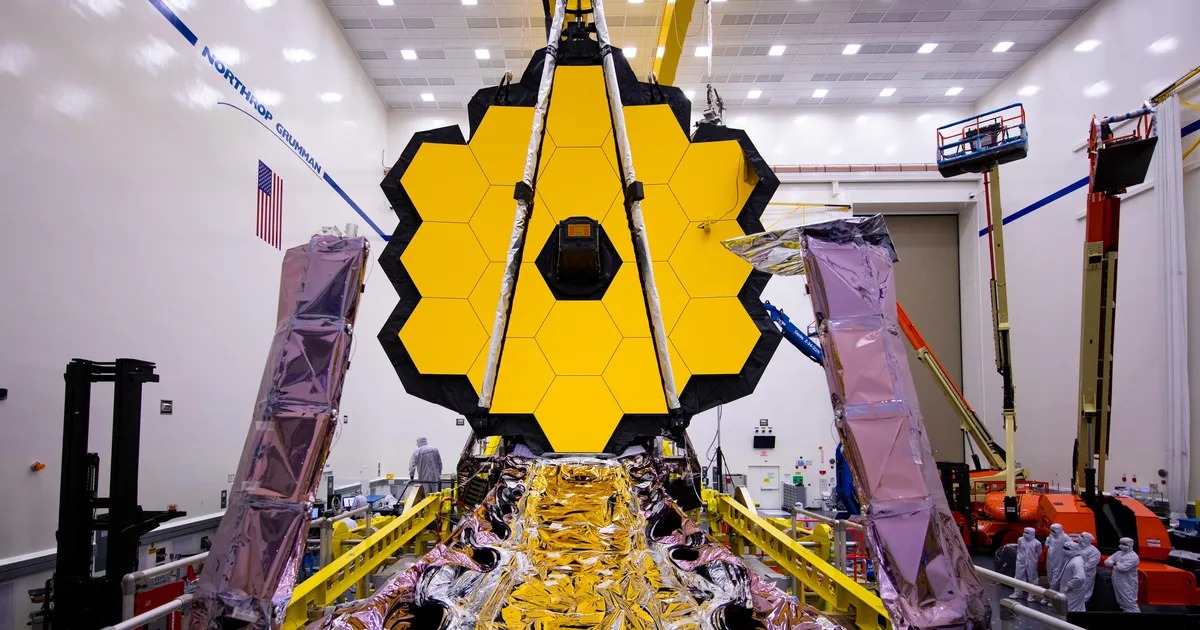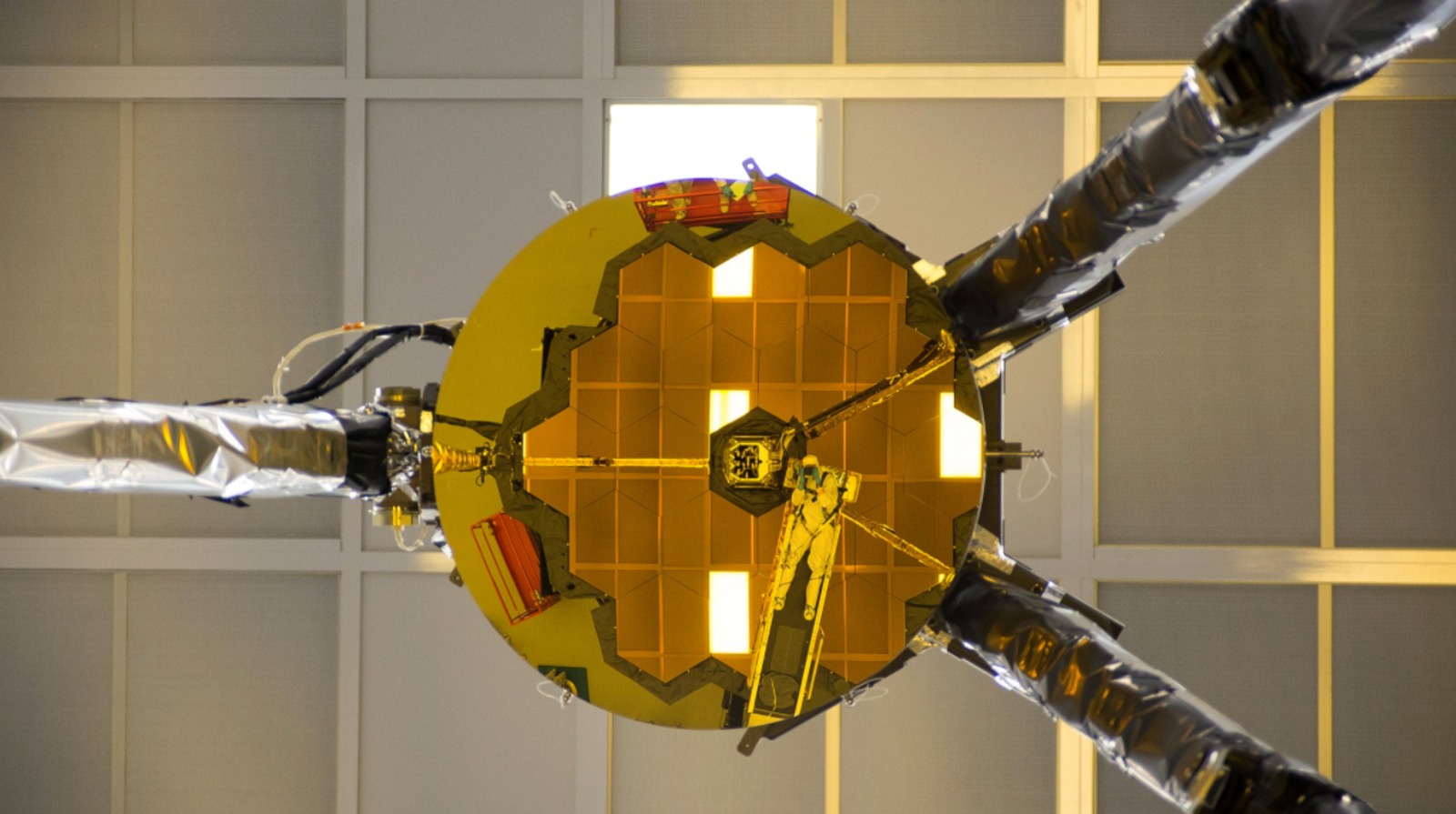The James Webb Space Telescope has faithfully been transmitting incredible images of space since its perfect deployment earlier this year at a distance of 1.5 million kilometers from Earth. But nothing is perfect, not even a USD 10 billion telescope. One of the JWST surveillance mechanisms has encountered a problem, so mission engineers are already working on finding a solution.

On August 24, the MRS mechanism was subjected to “increased friction” while being set up for scientific observation, NASA said in a blog post. The Space Agency has called a meeting of the commission to assess the best way to solve the problem. As the commission is working to analyze the problem and develop strategies to solve it, NASA has temporarily suspended surveillance.
MRS is part of a mid-infrared instrument (MIRI) that uses a camera and a spectrograph to see light in the mid-infrared part of the spectrum. MIRI has four observation modes: visualization, coronographic imaging, low-resolution spectroscopy and medium-resolution spectroscopy.

According to NASA, the failure is caused by a mechanism that allows changing the observation modes between short, medium and long waves. The problem turned out to be the gear that switches these modes. Therefore, observations due to MIRI are suspended.
“James Webb is generally functioning well and continues its scientific mission. The other three MIRI observation modes – visualization, low–resolution spectroscopy and coronography – are working normally and remain accessible to scientific observations,” the space agency wrote.
James Webb recently amazed us with images of the neighboring planets of Mars and the rings of Neptune. But now the telescope is preparing to photograph the moment of the collision of the DART spacecraft with the Dimorphos asteroid. It is expected that Webb will work for about 20 years or even more, so we should expect other failures in the future, but we hope that the observatory will be able to overcome several technical problems during its scientific space mission.
Earlier we reported on how James Webb showed the farthest star in the Universe.
Follow us on Twitter to get the most interesting space news in time
https://twitter.com/ust_magazine
